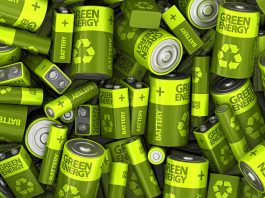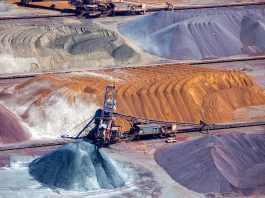Denis Miville-Deschênes, President and CEO at Highland Copper Company Inc., explains how the company will embark on responsible copper mining in North America to support the growth in demand, in line with solid ESG principles.
Highland Copper Company Inc. is a publicly listed Canadian mining company with two wholly-owned copper projects at different stages of development in the Upper Peninsula of Michigan, USA.
Denis Miville-Deschênes, the company’s CEO since 2017, has over thirty years of experience in the design, development, and construction of mines, as well as the closure and rehabilitation of mine sites. Throughout his career, he has worked on numerous technical studies and at least fourteen underground and open-pit mining projects in North America, South America, and Africa.
Denis is recognised in the industry for his ability to establish strong, dynamic teams, and over the last five years, he has been the driving force behind the advancement of Highland Copper’s two promising projects.
Supporting Highland Copper’s management team is a newly elected group of directors providing valuable experience and expertise. With backgrounds in asset management, finance, law, global supply chain, and permitting, the diverse group of board members are poised to propel the company towards achieving its goals.
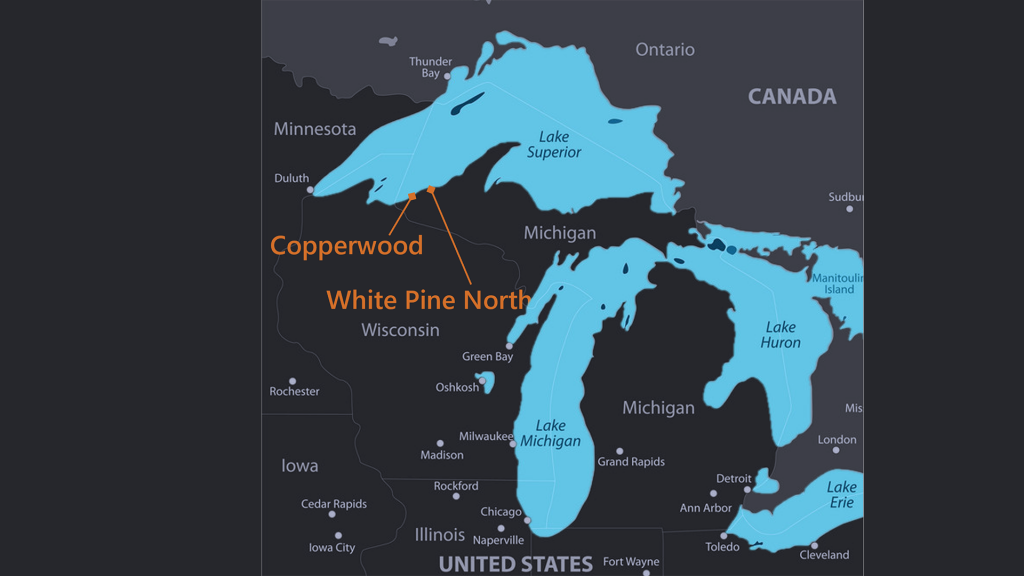
Synergistic project development
The first copper project in the company’s pipeline is the fully permitted Copperwood project located in Gogebic County. Based on the 2018 Feasibility Study, mine life is projected to be 11 years with an average production rate of 61.7m lbs of payable copper per year. Copperwood is a low capital intensity project and can rapidly reach commercial production, making it an ideal first project for the company.
White Pine North, located less than 75km away in Ontonagon County, is the company’s second wholly-owned project.
Highland Copper completed the acquisition of the White Pine North project in July 2021. It is the extension of the old White Pine Mine, which operated for over 40 years and produced 4.5bn lbs of copper. Based on the 2019 Preliminary Economic Assessment, mine life is projected to be 25 years with an average production rate of 89.0m lbs of payable copper per year.
Project timeline
The Copperwood project is in the final stages of a Feasibility Study update, which is due for the second quarter of 2022. The update includes actualising all capital and operational costs and confirming the initial project assumptions are still valid.
Considering a 24-month construction period, the Copperwood project is expected to enter its production phase and begin generating cash flow in the fourth quarter of 2024.
The sequencing of the projects will allow for the organic growth of Highland Copper and the development of the more capital-intensive White Pine North project, partially self-financing from cash flow.
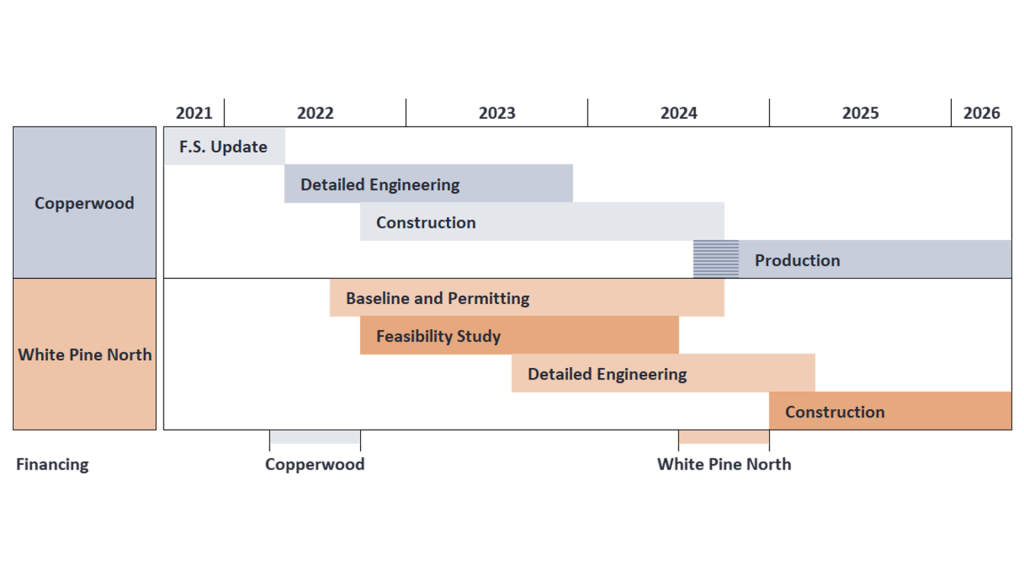
Environmental, social, governance
Environmental, social, and governance (ESG) aspects are central to the company’s objectives and are considered every step of the way while evaluating construction strategies and operational decisions.
As such, the Feasibility Study update currently underway for the Copperwood project is the perfect time to evaluate and discuss multiple project opportunities such as:
- Innovative mining technologies such as
continuous miners and battery operated
equipment;
• Infrastructure footprint reduction by creating multi-
project synergies and centralising general
services;
• Technology trade-offs to minimise project footprint
and reduce environmental impact;
• Re-use and refurbish existing infrastructure in
neighbouring villages rather than building new;
• Work with the communities and local educational
groups to develop training opportunities for the
local workforce; and
• Instrumentation strategy for optimal data
availability to improve business intelligence and
streamline reporting.
A number of the company’s policies are equally on the radar for short-term internal review, with updates to be rolled out before transitioning into the execution phase of the Copperwood project.
While environmental considerations are a large part of the ESG evaluation taking place in the decision-making process, implications for the surrounding communities have also been central to the exercise.
The first copper mining rush came to Michigan’s Upper Peninsula in the middle of the 19th century and brought many new inhabitants and good salaries. Since the 1960s, however, most of the mines in the area have been closed, heavily impacting the region’s economy.
The opening of the Copperwood and White Pine mines is an opportunity to provide long term, high-quality employment to local residents, growth potential to local businesses and to provide an economic jumpstart to the local communities. Highland Copper is looking at ways to collaborate with different local, regional, public and private entities to ensure that the arrival of new mining projects provides maximum benefits.
The company takes very seriously the opinions of the local population, who have been involved in the discussions from the beginning of the Copperwood permitting process. While the project’s economic success is important, the company’s outlook is one of a responsible corporate citizen, where any unfavourable impact on the locality should be mitigated as best as possible. Highland Copper wishes to be a contributing partner to the region’s economic upturn.
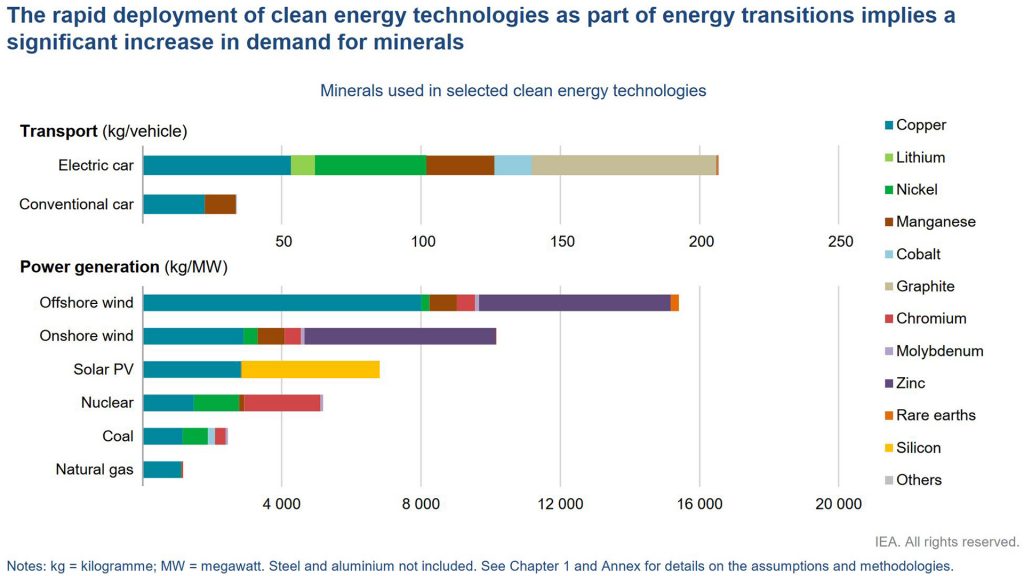
Green revolution: A data-driven approach
Highland Copper has been growing rapidly in the months following COP26, and it has become a short-term objective to clarify the corporate position regarding the United Nations net zero targets.
While the company’s Scope 1, Scope 2 and Scope 3 targets for the Paris agreement are not yet defined, there is a clear understanding that the foundations should be put in place to generate pertinent quantified reporting against these future targets.
For Highland Copper to produce transparent, readable reports, a certain number of elements are considered:
• Ensure the appropriate technology is in place to gather pertinent data;
• Provide objective data analysis for honest evaluation and quantifying of performance;
• Commit to continuous improvement with measurable goals; and
• An innovative approach to improve and increase performance.
There are multiple ESG reporting standards in existence at this point, and the company has not yet selected against which it plans to report. However, the main objective is for the information disclosed to be transparent, easily prepared and analysed for the benefit of all parties involved or interested. Aiming to have an honest portrait of current performance and clearly identified measurable goals will push the company to keep progressing to higher performance standards on all ESG aspects. Efficient reporting is also important, as it shifts the focus from producing the reports to analysing the data and extracting valuable information to make informed decisions on performance improvements.
Transparency: Providing value downstream
While Highland Copper focuses on developing their own strategic ESG targets, they are also dedicated to providing value further downstream of the value chain.
Downstream companies setting their Scope 3 emissions targets and attempting to achieve substantial reductions in their carbon footprint will need transparent data from corporate entities further up the value chain to make informed business decisions.
“As Scope 3 emissions usually account for more than 70 percent of a business’s carbon footprint, it is crucial that companies tackle Scope 3 emissions to meet the aims of the Paris Agreement and limit global warming to 1.5°C.” 2
Highland Copper wishes to provide them with the data they need to report effectively against their goals and become a strategic partner in their successful ESG journey.

Why invest in copper
Copper is identified as a critical mineral for a low carbon future and has very low demand risk. This is because copper is a main cross-cutting mineral, used across a wide range of technologies, from electric vehicles to green energy generation and energy distribution. Demand is expected to rise for the metal as investments push the reduction of global carbon emissions and green energy technologies.
Fig. 3, above, from the International Energy Agency’s special report on The Role of Critical Minerals in Clean Energy Transitions, compares copper requirements for conventional transport and power generation technologies to their green alternatives.
Electric vehicles require more than twice the amount of copper as conventional combustion engine vehicles. Considering power generation, offshore wind requires eight tonnes of copper per MW of power, whereas coal and natural gas energy production requires less than two tonnes of copper per MW. As the world’s major economies move away from fossil fuel reliant energy generation and progress towards their carbon neutrality goals, the technology transition will increase the global demand for copper.
Highland Copper is in a position to bring into production two promising copper projects with responsible, environmental, social and governance friendly practices within the decade. These projects will become a local source of ‘green’ copper, contributing to the North American shift towards more sustainable economies.
References
- IEA (2021) The Role of Critical Minerals in Clean Energy Transitions. https://www.iea.org/reports/the-role-of-criticalminerals-in-clean-energy-transitions. All rights reserved
- United Nations Global Compact (2021). Climate Action: Scope 3 Emissions. https://www.unglobalcompact.org.uk/scope-3-emissions/
Please note, this article will also appear in the ninth edition of our quarterly publication.



